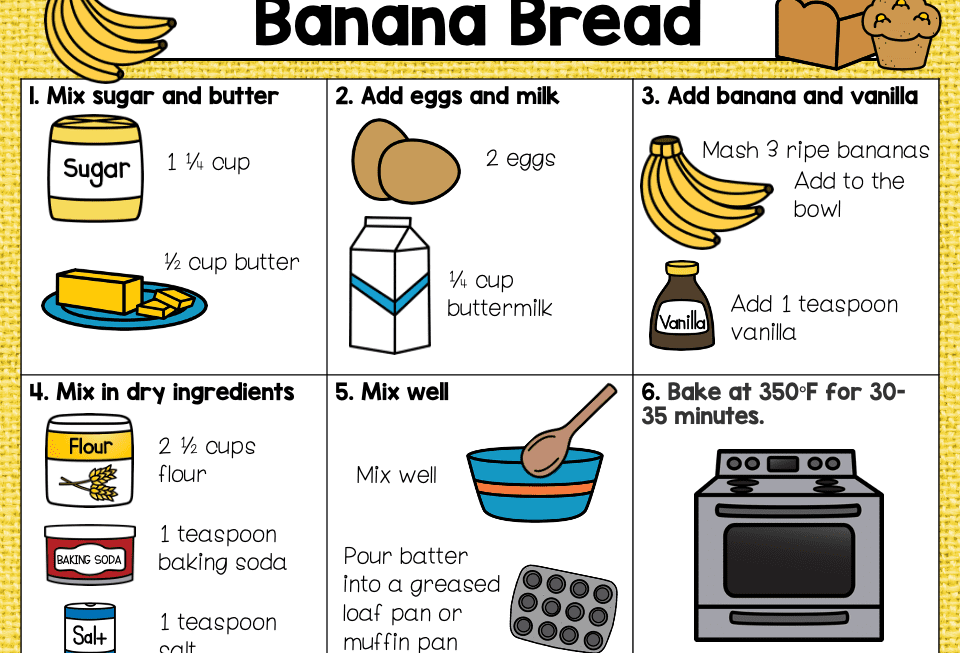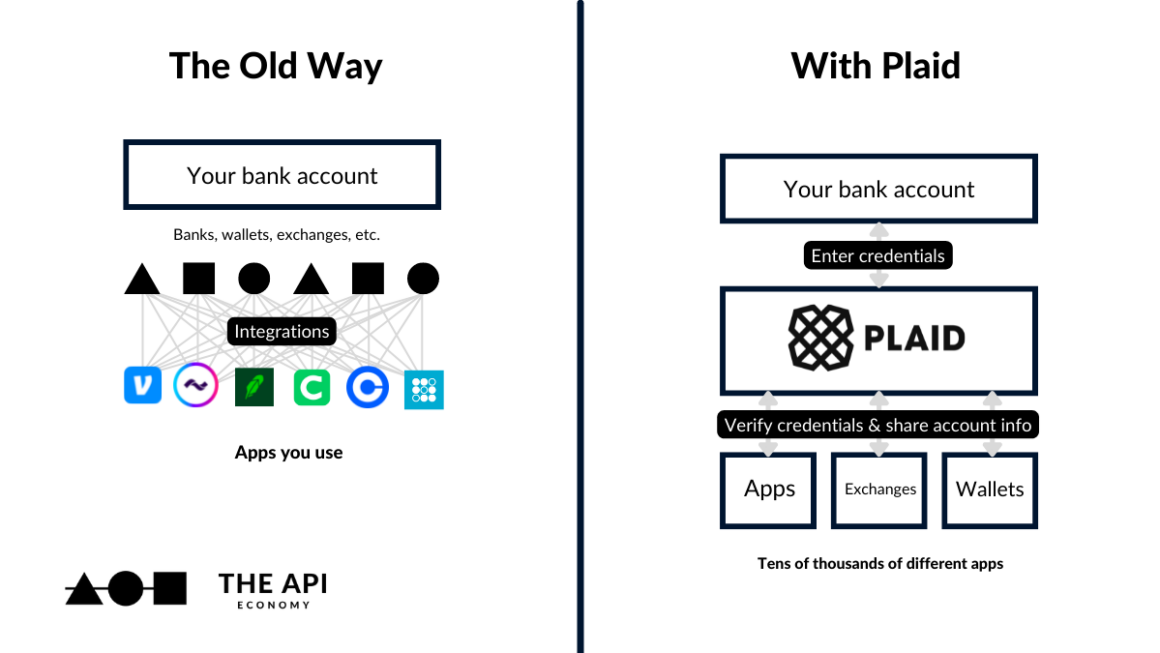ProductCamp Boston just wrapped, and wow — over 500 PMs, founders, and product-obsessed folks came together to swap notes, argue over roadmaps, and bond over sticky notes and coffee. It’s now officially among the top 3 largest ProductCamps in the world. 🏆
What struck me most? Whether you’re working at a massive enterprise or a scrappy startup, B2B or B2C, serving developers or dog walkers — the problems are remarkably similar. And so are the tools we use to tackle them.
I hit five sessions throughout the day, and here are the takeaways that stuck with me — the kind you can actually apply come Monday.
1. If You Don’t Nail Internal Marketing, External Doesn’t Stand a Chance

Jeffrey from HubSpot kicked off the morning with a session on product launches. The big lesson? A flashy launch won’t land if your internal teams aren’t aligned.
HubSpot uses something called Product Nation — an internal forum to get everyone on the same page about value prop, positioning, and rollout. Why? Because everyone from Sales to Support ends up being a product spokesperson in their own way.
And if each team is telling a different story to customers? You don’t have a launch — you have a game of telephone. Nail internal messaging first, or you’ll pay for it later.
2. Don’t Wake the Sleeping Bear 🐻

In a SaaS-focused session, someone dropped this gem about inactive users who are still paying: “If a customer isn’t using the product but also isn’t churning… maybe let them be.”
Weird? Yes. Wrong? Not necessarily.
Turns out, not every inactive user needs to be reactivated. Some people keep subscriptions running for “just in case” reasons — or they simply forget. In certain cases, nudging them might do more harm than good.The broader takeaway: Sometimes the best move is no move. As PMs, we love tweaking and optimizing. But occasionally, inaction is the strategic choice.
3. Know Your Hill — and Stay on It

One session on product strategy offered this simple but powerful idea: “You can’t climb every hill. So choose the right one.”
Shobhit and Will introduced a tool they use to help with this: the value map. It’s a way to evaluate new features based on how well they align with your product’s core value proposition.It’s not just about saying yes to the right features — it’s about confidently saying no to the wrong ones. Value maps help PMs have clearer, calmer conversations when priorities clash or shiny objects pop up.
4. Watch Out for Perverse Incentives

Anthony from Wayfair gave a talk on data-informed decision-making, but what really stuck with me was his warning about misaligned goals.
You know the type: You optimize for clicks on one feature, but end up cannibalizing the user experience elsewhere. Congrats — you hit your number… and hurt your product.
The fix? Zoom out. Look at how goals ladder up. Good product decisions create value holistically — not just on the dashboard, but across the journey.
5. PMs Are Dot-Connectors, Not Just Decision-Makers

The final session of my day was about PM <> Sales alignment, but the core message was bigger: PMs are often the only ones with a full view across teams. Use that to your advantage.
Dan from WorkMotives talked about syncing CRM tools with product insights, but the real call-to-action was this: look for gaps in communication, and fill them. That’s often where innovation hides.
Being a connector — between teams, tools, and data — isn’t just nice. It’s a competitive advantage.
Wrap-up:
ProductCamp always reminds me that great product work is less about frameworks and more about fundamentals: clarity, alignment, judgment, and empathy. These five lessons are simple — but they stick.
If you’re in the Boston area next spring, go check it out: productcampboston.org
And if you’re not? Maybe host your own “campfire” with your PM crew and swap war stories. You’ll be surprised how much you have in common.




